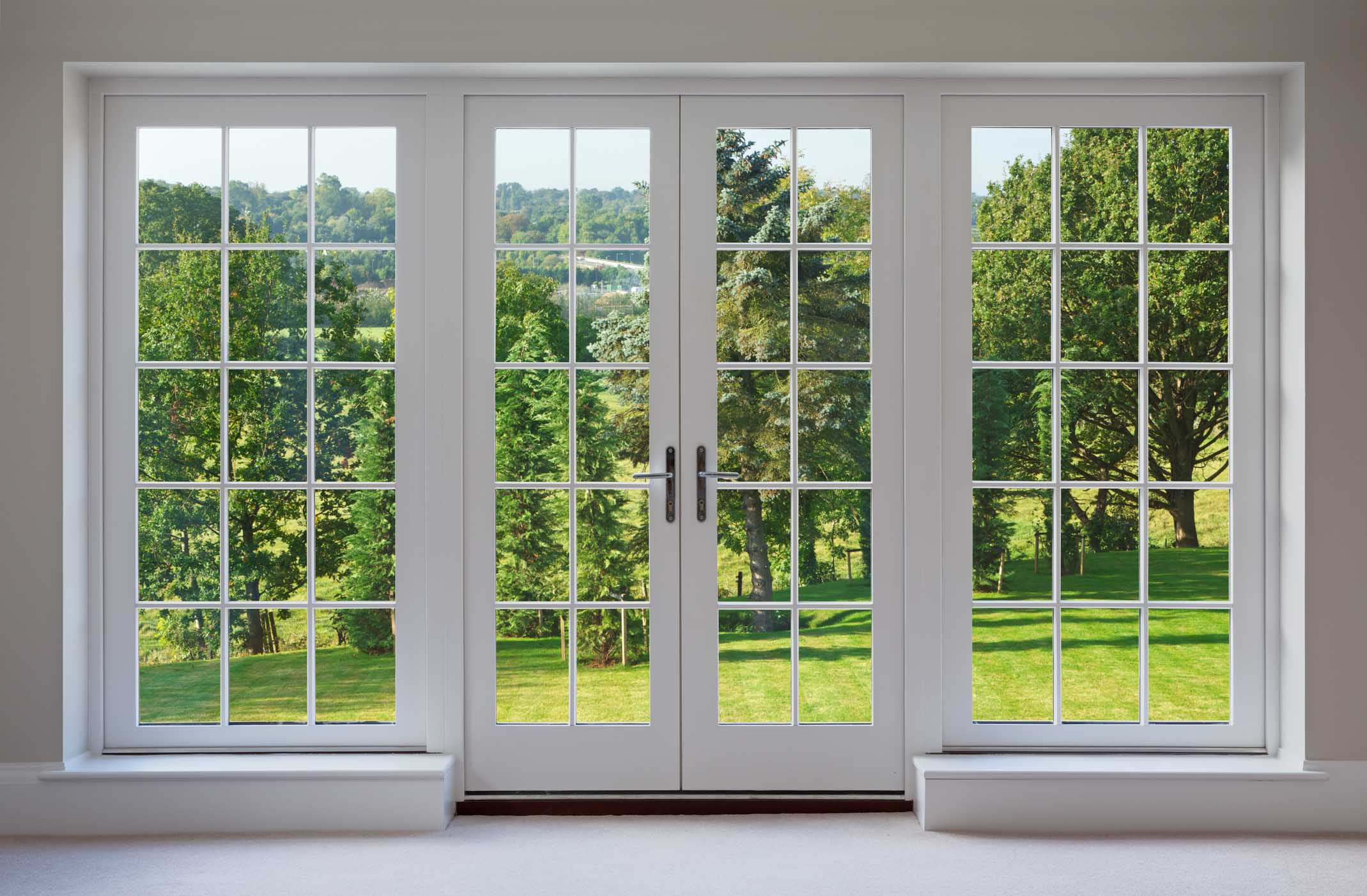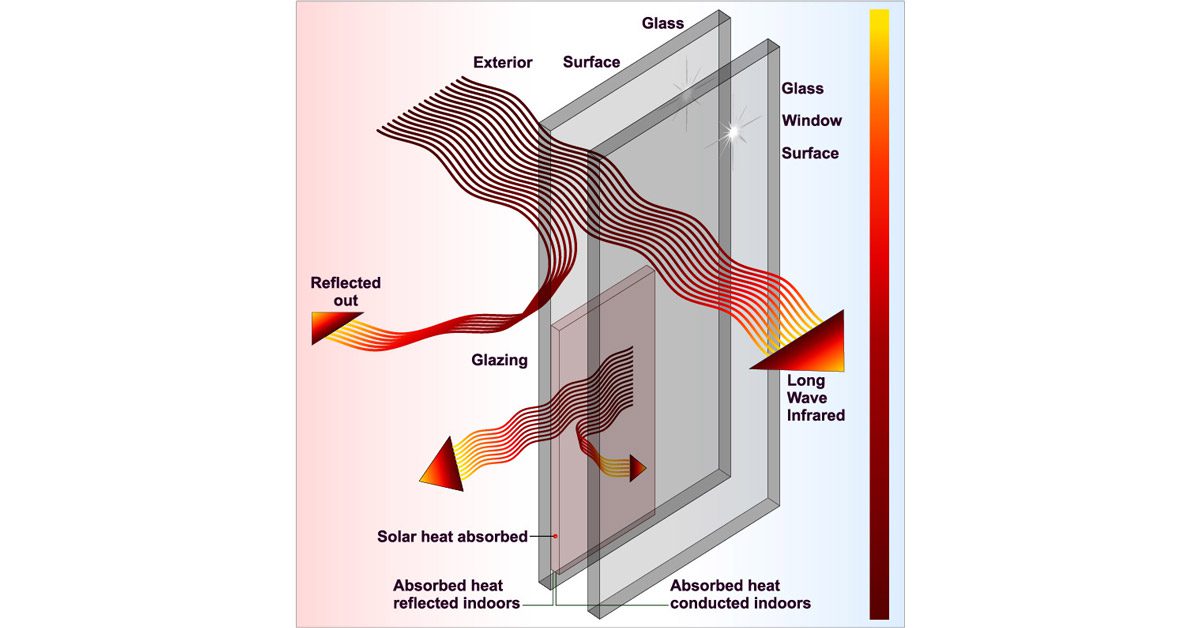All Categories
Featured
Table of Contents
Why Double Glazing Keeps Your Home Cooler In Summer? in Innaloo Perth
Glazing simply implies the windows in your house, including both openable and fixed windows, along with doors with glass and skylights. Glazing in fact just suggests the glass part, however it is normally utilized to describe all elements of an assembly including glass, movies, frames and furnishings. Paying attention to all of these elements will assist you to accomplish efficient passive design.

Energy-efficient glazing makes your home more comfortable and dramatically minimizes your energy expenses. Improper or badly developed glazing can be a significant source of undesirable heat gain in summer season and substantial heat loss and condensation in winter season. As much as 87% of a home's heating energy can be gained and approximately 40% lost through windows.
Glass & Glazing - Easy Windows Upvc Double & Triple ... in Huntingdale Western Australia
Glazing is a significant investment in the quality of your home. An initial financial investment in energy-efficient windows, skylights and doors can considerably decrease your yearly heating and cooling bill.

This tool compares window choices to a base level aluminium window with 3mm clear glass. Comprehending a few of the crucial homes of glass will help you to pick the very best glazing for your house. Secret properties of glass Source: Adapted from the Australian Window Association The amount of light that travels through the glazing is understood as visible light transmittance (VLT) or visible transmittance (VT).
What Are Double Glazed Windows? in Fremantle Western Australia
This might lead you to turn on lights, which will result in higher energy costs. Conduction is how easily a material carries out heat. This is known as the U worth. The U worth for windows (expressed as Uw), explains the conduction of the whole window (glass and frame together). The lower the U worth, the greater a window's resistance to heat circulation and the much better its insulating value.
For instance, if your house has 70m2 of glazing with aluminium frames and clear glass with a U worth of 6. 2W/m2 C, on a winter's night when it is 15C colder outside compared with indoors, the heat loss through the windows would be: 6. 2 15 70 = 6510W That is equivalent to the overall heat output of a large room gas heating unit or a 6.
Energy Efficient Windows: Choose The Best Option For Your ... in Duncraig Western Australia

If you choose a window with half the U value (3. 1W/m2 C) (for instance, double glazing with an argon-filled gap and less-conductive frames), you can halve the heat loss: 3. 1 15 70 = 3255W The solar heat gain coefficient (SHGC) for windows (revealed as SHGCw) determines how easily heat from direct sunlight streams through a whole window (glass and frame together).
The lower a window's SHGC, the less solar heat it transfers to the house interior. Glazing manufacturers state an SHGC for each window type and design. However, the real SHGC for windows is affected by the angle that solar radiation strikes the glass. This is called the angle of occurrence.
How To Retrofit Your Windows With Double Glazing, And Keep ... in Westminster Perth
When the sun is perpendicular (at 90) to the glass, it has an angle of incidence of 0 and the window will experience the maximum possible solar heat gain. The SHGC stated by glazing manufacturers is always determined as having a 0 angle of occurrence. As the angle increases, more solar radiation is shown, and less is transferred.
Table of Contents
Latest Posts
Sustainability in Bassendean Perth
Climateframe Double Glazing: Perth's Double Glazed ... in Subiaco Western Australia
4 Benefits Of Double Glazed Windows In The Summer in Murdoch Western Australia
More
Latest Posts
Sustainability in Bassendean Perth
Climateframe Double Glazing: Perth's Double Glazed ... in Subiaco Western Australia
4 Benefits Of Double Glazed Windows In The Summer in Murdoch Western Australia